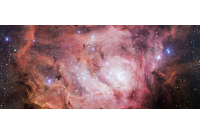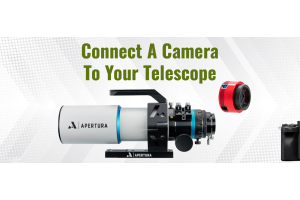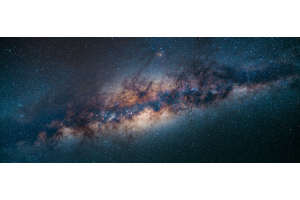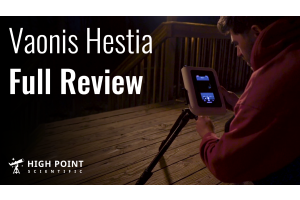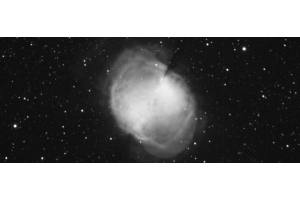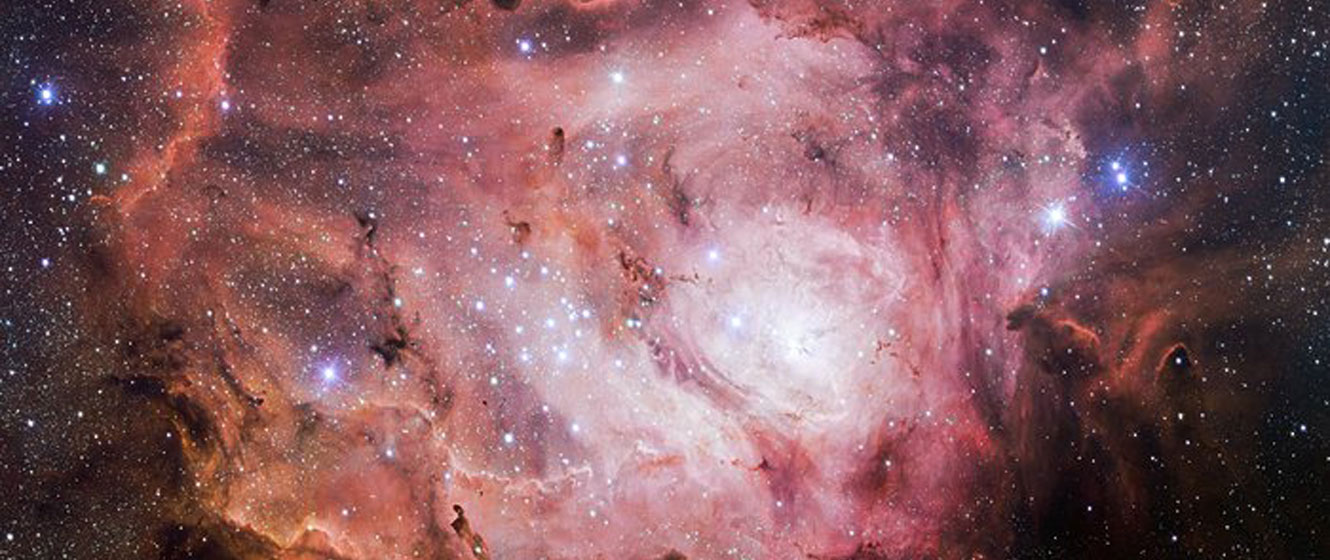
In this episode of What's in the Sky this Month, Teagan reviews some of the beautiful celestial objects you can see in the month of July 2022!
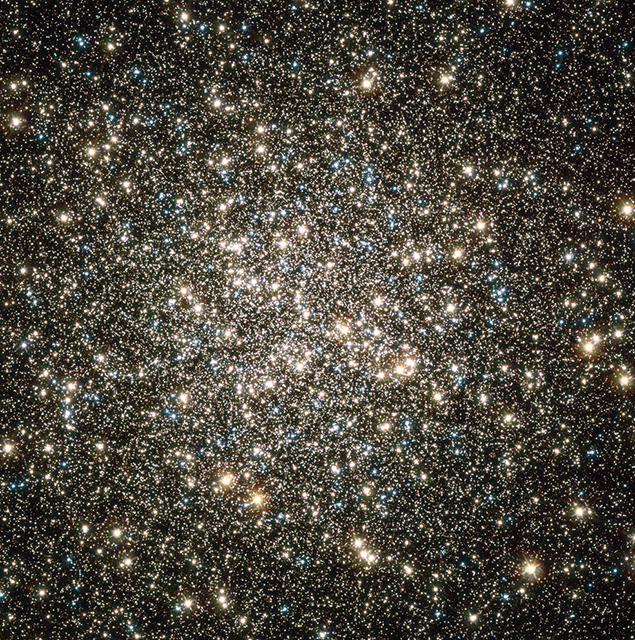
Image credit: NASA, ESA, and the
Hubble Heritage Team (STScl/AURA)
Messier 13 - The Keystone Cluster
- Type: Globular Cluster
- Constellation: Hercules
- Distance: 26,000 light-years
- Magnitude: 5.8
- Apparent Diameter: 20.0’
Arguably the finest globular cluster in the northern celestial hemisphere, M13, the Keystone Cluster, is conveniently located between Eta and Zeta Herculis. You should be able to spot the cluster with binoculars, even under light-polluted skies, but if your skies are bad you’ll probably only see a small, faint, misty circular patch. Larger binoculars will help you discern the cluster’s bright core.
Turn a telescope toward the cluster and you’re in for a treat. A low magnification will show the cluster’s large core extending some way towards the edge. Increase the magnification to around 75x and you’ll start to resolve the individual stars. Increasing the magnification again to nearly 100x will show chains of stars apparently carving a path out from the core.
OUR NEAREST NEIGHBORS
Mercury is visible about 15-20 minutes before sunrise for the first week of the month, and then re-appears in the evening twilight for the last 4 or 5 days. A crescent Moon hangs to its upper right on the 29th. Saturn rises at around 10 PM, then Neptune at around midnight, and then Jupiter less than an hour after that. The waning Moon appears to the lower right of Jupiter on the 19th. Mars can be seen in the hours after midnight and is edging toward Uranus. The pair will appear within the same binocular field of view from the 23rd onward. The waning crescent Moon appears close to Mars on the 21st, and then a degree from Uranus the next morning. Venus remains easily visible for at least 90 minutes before sunrise, with the crescent Moon nearby on the 26th. Lastly, the Moon turns full on the 13th and new on the 28th.
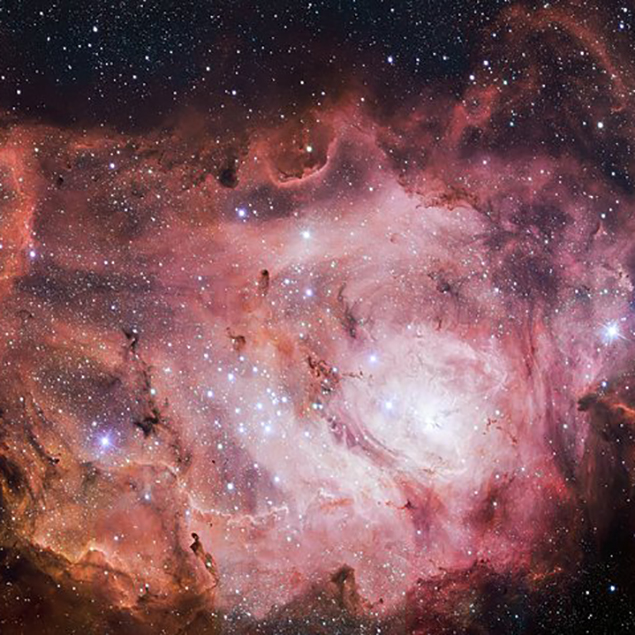
Image credit: ESO/VPHAS+ team
M8 - The Lagoon Nebula
While bright enough to be seen with the naked eye, M8 is best seen with binoculars or a telescope. Either will show a dark band dividing the nebula, with the western hemisphere appearing brighter.
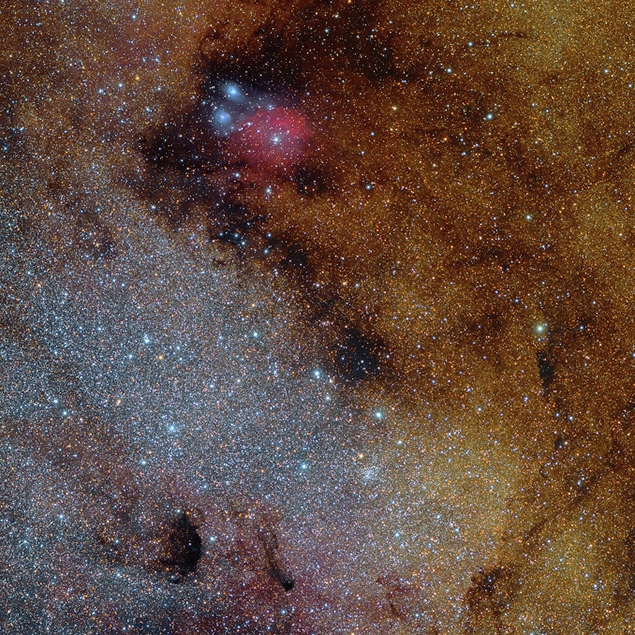
Image credit: Roberto Colombari
M24 - The Sagittarius Star Cloud
A huge group of stars scattered across 600 light-years of space, M24 is visible to the naked eye but is better observed with binoculars or a telescope with a low magnification, wide-angle eyepiece. Regular 10x50 binoculars will show a misty cloud made up of hundreds of unresolved stars.
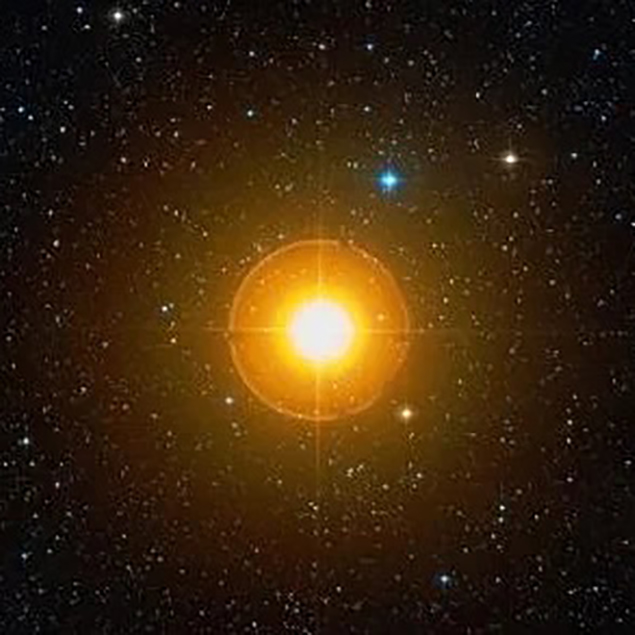
Image credit: Wikisky
Rasalgethi - Alpha Herculis
A fine double for telescopic observers, a modest magnification of 50x is just enough to resolve its components. The primary appears golden, with a close, fainter white secondary that occasionally shows hints of pale blue or even lime green.
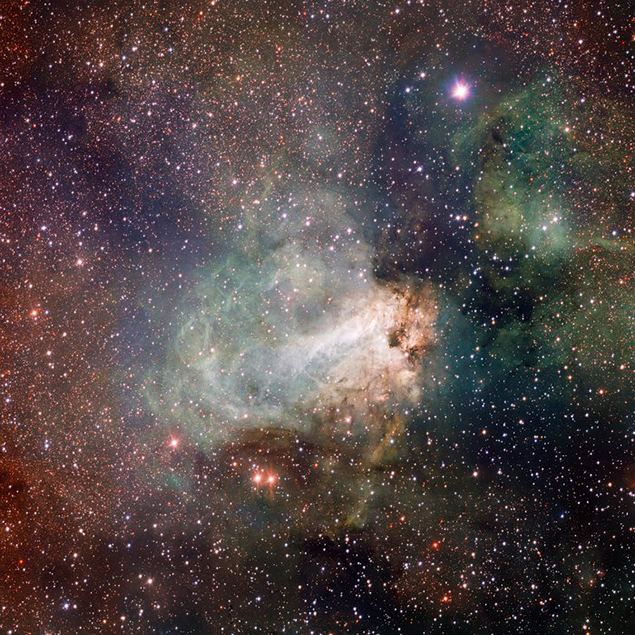
Image credit: ESO/INAF-VST/OmegaCAM
M17 - The Swan Nebula
Found on the border with Scutum, M17’s shape is apparent through almost any telescope at low power, although the swan’s body is typically easier to see than its head. Increasing the magnification to over 100x will show some texture at the nebula’s base.
STELLAR CONCEPTS
Neutron Star: When a supergiant star with a mass between 10 and 25 suns reaches the end of its life, it collapses and then implodes as a supernova. But what happens next? The core of the star is the only thing to survive, which then collapses further until it shrinks to a radius of about 9 miles (nearly 15 kilometers). By this time, the core is composed almost solely of neutrons, and despite its small size, it retains a mass of about 1.5 suns and will spin at a rate of hundreds of times a second.
This Article was Last Updated on 07/11/2023

